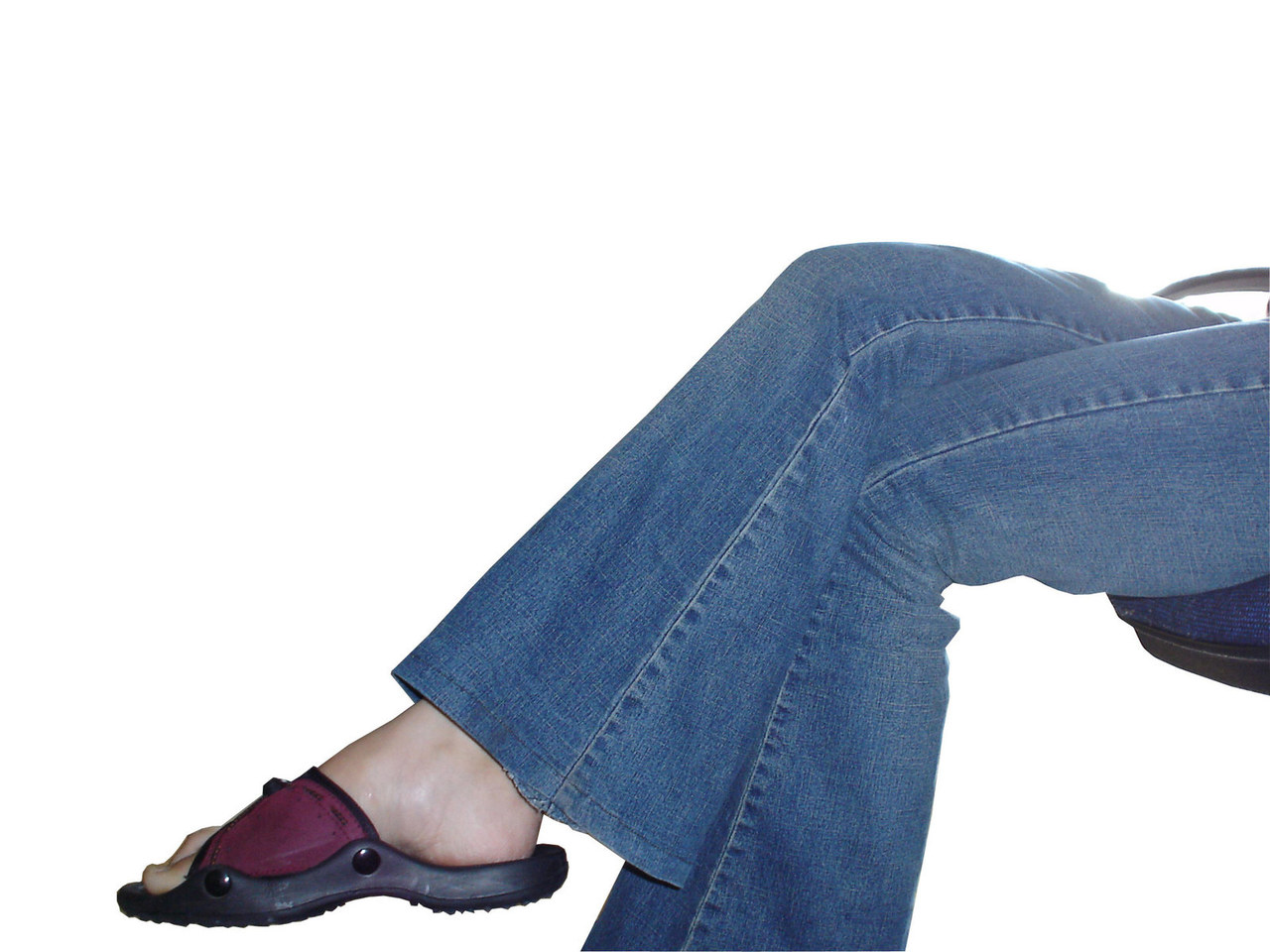
Sciatica
By Katharine Leppard, M.D.
The sciatic nerve is the largest nerve in the human body. It starts in the lumbar spine as five separate nerve roots that each exit the spine, then merge together to form the main sciatic nerve. The sciatic nerve then passes through the muscles of the buttocks and travels down the back of the thigh. Often patients experience severe buttock pain, however, actual compression or injury to the main sciatic nerve in the buttock is rare.
Sciatica symptoms include pain that runs from the low back to buttock, into the thigh and calf. Numbness or tingling can occur in the leg or foot. Muscle weakness is a more concerning symptom, often indicating nerve damage. If foot drop (the inability to raise your foot) occurs, seek immediate medical attention in the nearest emergency room. Loss of bladder or bowel control is a sign of cauda equine symdrome (pressure on the end of the spinal cord). This is a rare but very serious condition that needs emergency attention.
The most common source of sciatica is entrapment of one of the five nerve roots in the lower spine, the medical term for this is a lumbar radiculopathy. These nerve roots exit from inside the spine through openings called the foramen. On one side of the foramen is the intervertebral disc, and on the other side is the facet joint. Any problem with either the disc or the joint can pinch the exiting nerve. The most common cause of a radiculopathy in the general population is a ruptured lumbar disc. The discs are shock absorber pads between the bones in the spine, the tough outer walls can tear and the jelly like substance inside the disc can seep out and press on a nerve. This is a ruptured or herniated disc. With age, the discs can thin, bulge and develop bone spurs, all of which can pinch on the nerves.
The joints in the spine are called the facet joints, this is where the majority of movement in the spine itself occurs. The joints can develop arthritis, and just as our finger knuckles become lumpy and enlarged with arthritis, this also happens in the spine. As the nerves exit the spine next to these joints, a lumpy arthritic joint can narrow the opening and pinch a nerve. Advanced arthritic joints in the spine can also slip out of alignment, just as arthritic fingers joints can become twisted and slip sideways. In the spine this slippage is called spondylolisthesis. Spondylolisthesis can also occur as a result of small fractures that typically happen in our teen years, and later in life become problematic. Spondylolisthesis can pinch the exiting nerves causing sciatica.
Disc bulges and arthritis can build up in the main central canal of the spine causing narrowing of the canal, this is called spinal stenosis. Classic symptoms of spinal stenosis include pain and numbness that occur in both legs when standing or walking, that improves with leaning forward or sitting down.
Piriformis syndrome is an uncommon condition where the sciatic nerve is pinched by the piriformis muscle in the buttock. In most people the sciatic nerve runs under the piriformis muscle, in some people it runs through the muscle and can become compressed. Buttock pain can be severe with any problem in the spine, however compression of the sciatic nerve in the buttock is actually very rare.
Sacroiliac joint (SI Joint) problems can mimic sciatica, with buttock pain that radiates to the thigh, but not typically below the knee. The sacroiliac joint is where the base of the spine, called the sacrum, articulates with the pelvis. This problem can often be corrected with physical therapy or a cortisone injection into the sacroiliac joint.
Most cases of sciatica resolve with time and rest. If the symptoms do not resolve, the most effective test is a MRI of the lumbar spine. X-rays show the bones and the spaces the disc occupy. MRI gives much more detail and actually visualizes the discs, nerves, the foramen where the nerves exit and the central spinal canal. Electromyography evaluates nerve injuries. Often the pattern of pain and numbness gives significant clues as to exactly what nerve root in the spine is being pinched.
Treatment options, of course, depend on the underlying problem. Epidural steroid injections place a dose of cortisone at the site of the nerve compression. Often this is the most effective non-surgical treatment option. However, individual responses to steroids vary, and too much steroids can cause significant side effects, typically three injections a year is the limit. Physical therapy is more effective for low back pain, not as helpful for nerve pain. Traction or decompression for the lumbar spine is rarely effective, as has been abandoned by most spine physical therapists. Surgery is indicated if severe pathology is identified.
Effective treatment for sciatica depends on an accurate diagnosis. If pain radiating from the low back into the leg occurs, and does not resolve quickly, seek medical evaluation.
For more information, call 719-575-1800.


